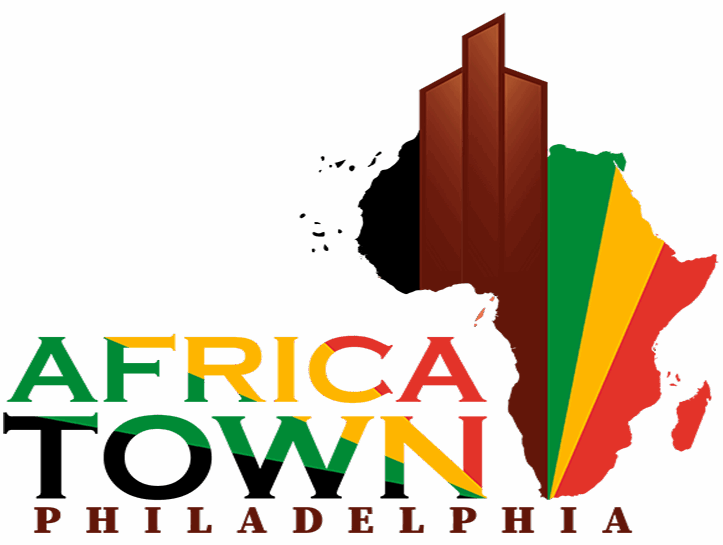north africa
Learn more about the North Africa region
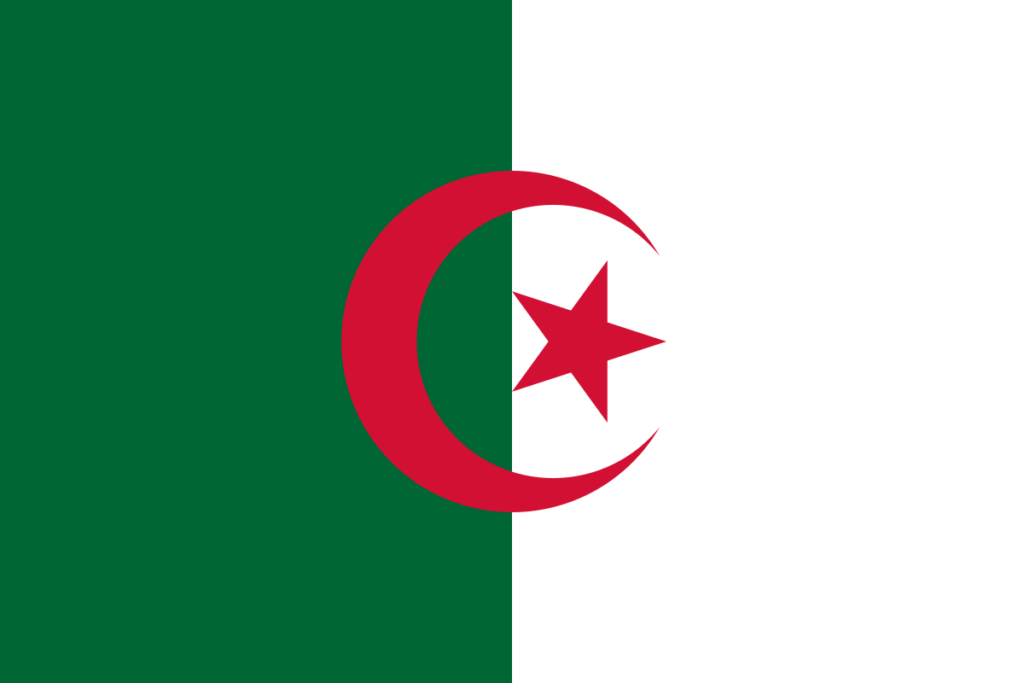
Algeria
The largest country in Africa by land area, Algeria features a rich tapestry of Berber, Arab, and French colonial influences. A French colony until its hard-fought independence in 1962.
- Population: ~44 million
- Languages: Arabic (official), Berber
- GDP: ~US$268 billion (nominal)
- Main Products: Oil, natural gas, minerals, agricultural goods
- Government: Presidential republic

Egypt
Cradle of ancient civilization (pharaonic, Greco-Roman, Coptic) that evolved into a modern nation following independence in the early 20th century. Home to the Nile River, today, it serves as a cultural and economic hub in the region.
- Population: ~104 million
- Languages: Arabic (official)
- GDP: ~US$350 billion
- Main Products: Petroleum, textiles, agricultural products
- Government: Semi-presidential republic
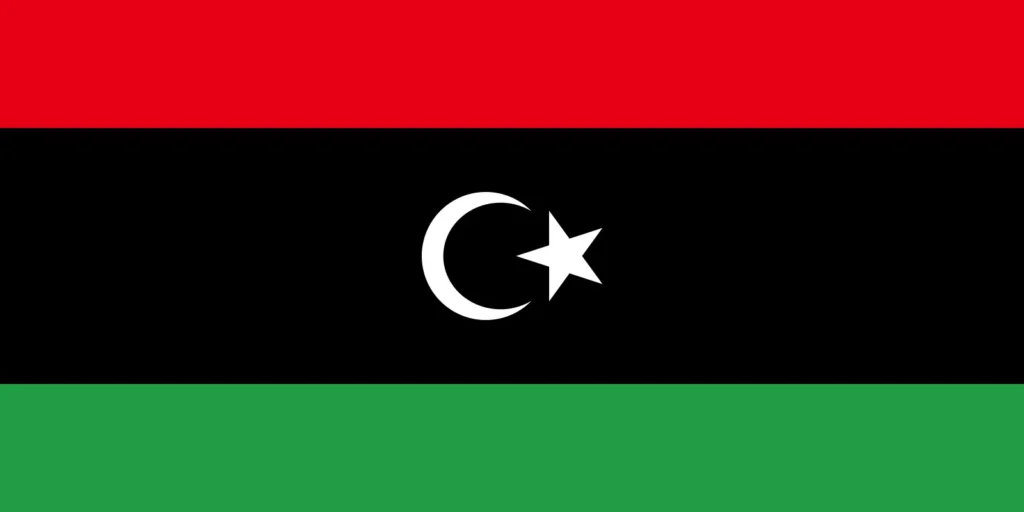
Libya
With a legacy shaped by ancient Greek and Roman influences and modern-era oil wealth, Libya experienced dramatic political shifts throughout the years. Once a key center of ancient trade, it was colonized by Italy and later experienced a long rule under Muammar Gaddafi until the 2011 uprising.
- Population: ~7 million
- Languages: Arabic (official)
- GDP: ~US$40–50 billion (oil-dependent)
- Main Products: Petroleum and natural gas
- Government: In transition; currently administered by a provisional government

Morocco
Steeped in Islamic traditions and Berber culture, Morocco is renowned for its historic medinas, vibrant markets, and cultural festivals. With layers of Berber, Arab, and European influence, it became independent from France in 1956 and now is a constitutional monarchy.
- Population: ~37 million
- Languages: Arabic and Amazigh (official); French widely used
- GDP: ~US$124 billion
- Main Products: Phosphates, agriculture, textiles
- Government: Constitutional monarchy with a parliamentary system
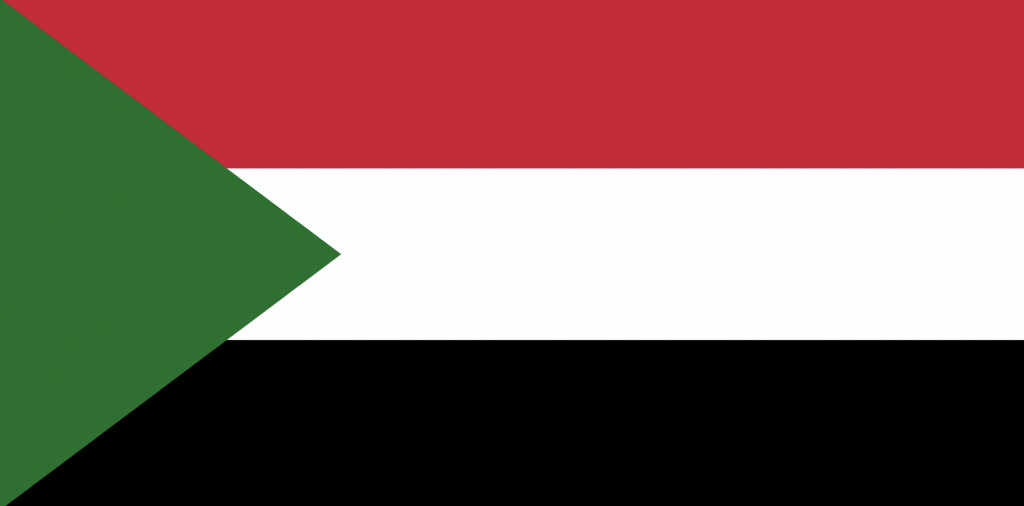
Sudan
With roots that trace back to ancient Nubian civilizations, modern Sudan emerged after centuries of Islamic and colonial influence. Following a lengthy civil war and the secession of South Sudan in 2011, it has been navigating a challenging transition.
- Population: ~45 million
- Languages: Arabic (official), with English often used
- GDP: ~US$30–40 billion
- Main Products: Oil, gum arabic, agricultural produce
- Government: In a transitional phase following past conflicts
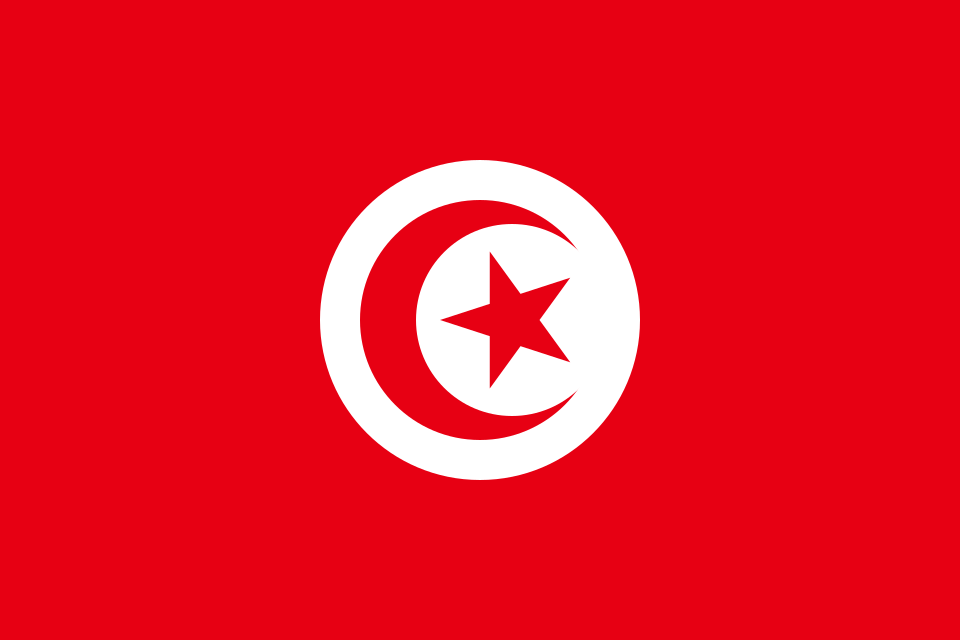
Tunisia
Known for its ancient Carthaginian roots and Arab-Berber heritage, Tunisia is now celebrated for its historic sites. Tunisia was a French protectorate and later became the birthplace of the Arab Spring.
- Population: ~12 million
- Languages: Arabic (official); French is widely spoken
- GDP: ~US$40 billion
- Main Products: Olive oil, phosphates, textiles
- Government: Semi-presidential republic

Western Sahara
Once a Spanish colony, this territory has been the subject of a longstanding dispute between Morocco and Sahrawi independence movements.
- Population: ~600,000
- Languages: Arabic, Berber
- GDP: Economic data are limited; the economy is driven by phosphates and fisheries
- Main Products: Phosphates, fishing
- Government: Claimed by the Sahrawi Arab Democratic Republic but largely administered by Morocco
